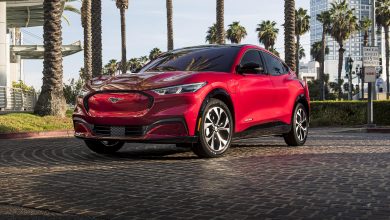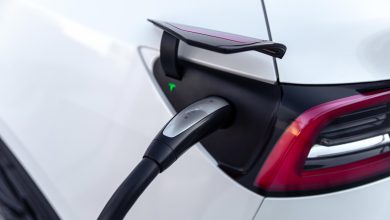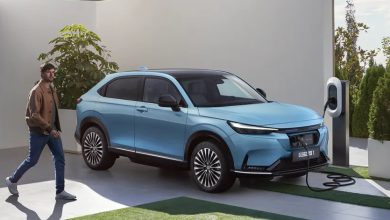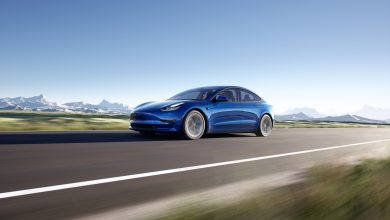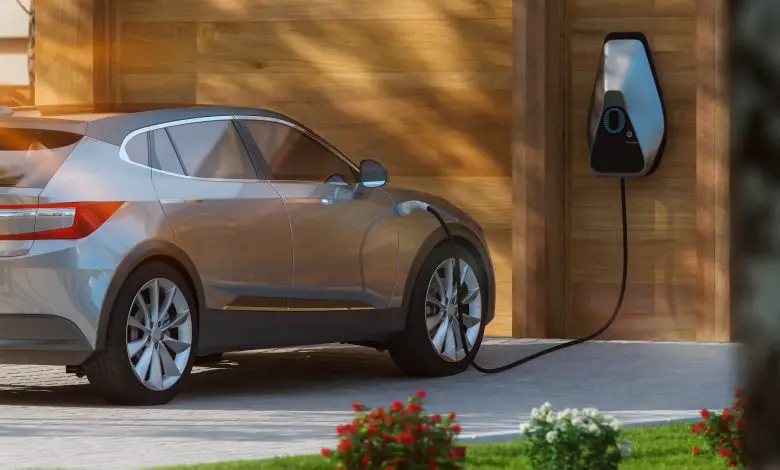
The Irish Minister for Transport, Eamon Ryan, on Thursday, January 19 2023 unveiled the country’s new Electric Vehicle Charging Infrastructure Strategy 2022 – 2025. According to the document, the government will spend €100 million on public charging infrastructure from 2023 to 2025.
The ambitious strategy clearly laid down the practical steps and path toward achieving a national EV charging network. The goal is to have chargers positioned 60 km on the motorway network. There are plans for;
- ,residential neighborhood charging,
- home/apartment charging
- en-route charging
- destination charging
“The EV strategy sets out a roadmap for creating an entirely new infrastructure across the country that will encourage more people to choose EVs,” Ryan said. “The planned new infrastructure should erase people’s anxiety about access to charging points.”
Ryan also announced that the Shared Island Sports Club Scheme that will open on January 30 will mark the first practical roll-out of the strategy.
The Shared Island Fund has a scheme from which €15 million will be used to install EV charge points in local communities across the country. Shared Island Fund was created by the Government in Budget 2021 with €500 million in capital funding that will run until 2025.
The idea is that when people take their kids to the club or visit there for relaxation, they can also charge their vehicle. Charge points will also be installed in strategic locations such as tourism spots or retail centers where people usually drive to.
After the publication of the draft strategy in May 2022, interested parties, stakeholders, and the general public were invited to share ideas and opinions on how to deliver EV charge point infrastructure. The report from that interaction was also published on 19 January.
Irish EV charging strategy is people-first oriented
Unlike EV networks in other countries, the proposed Irish EV network will focus on seven different user groups or personas. They will be used to show the transport needs of people across the country, both those in the urban centers and different housing types.
Consequently, it will follow the individual’s journey right from the planning stage to the time they return home. The strategy will throw more light into practical infrastructure adjustments that will ease their EV driving experience.
“The key anchor for this strategy is the specialist ZEVI (Zero Emissions Vehicles Ireland) unit,” Ryan said. “We have expertise, knowledge, guidance, resources, leasing, and location of EV chargers within this unit that will assist local authorities to make the best decision.
The minister also said local authorities should embrace initiatives like “mobility hubs where people can charge their vehicles, e-bikes, e-scooters, or use a shred EV.” According to the minister, this feature was already thriving in Dublin (City Council) and he wanted the same to be a nationwide occurrence.
The new EV charge point infrastructure strategy is guided by the principles of delivering an accessible and user-friendly charging network. Therefore, it aligns with broader government policies and goals including;
- EV charging infrastructure will be part of a broader sustainable transport network
- Be accessible and usable by all regardless of age, health, income, or other needs
- Home charging will remain the primary solution for most EV drivers
- Creating options for those that cannot charge at home
- EV charging systems across the network will be interoperable and easy to use
Part of the work of ZEVI (a new office established in July 2022 within the Department of Transport) is to complete the strategy and oversight for its delivery. ZEVI also has the mandate to support consumers, businesses, and the public sector during the transition to zero-emission vehicles.
The target categories of Ireland’s charging infrastructure
About 80% of EV charging in Ireland is done at home. Therefore, the country already has an established infrastructure for access to and installation of EV home chargers. So, the government’s strategy will be on funding public charging infrastructure for EVs and light-duty vehicles.
Minister of State Jack Chambers TD emphasized that the public EV charging network was important to encourage the public to make the switch to EVs. “Transition to EVs and more sustainable modes of travel will enable us to meet our national carbon reduction targets,” he said.
The government will continue to encourage off-peak home charging. Residential charging, on the other hand, will focus on replicating the success of home charging for people that lack access to a home charge point.
Destination charge points along core motorways will allow drivers to top up while on the move. This particular network is necessary for quelling the EV range anxiety since most of the people that will make the switch will settle for vehicles with an average to a low range because of price.
Ryan’s strategy was motivated by different national and international policies including the national climate action plan, the national sustainability mobility policy, and the EU’s Alternative Fuel Infrastructure Regulation.

